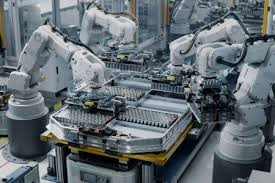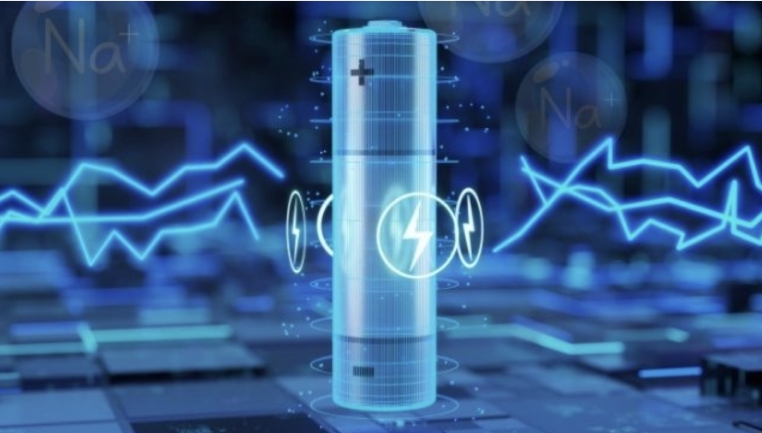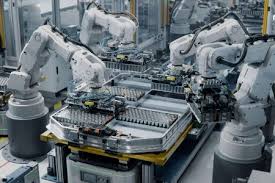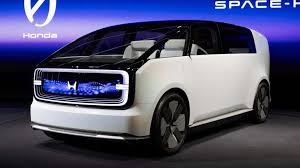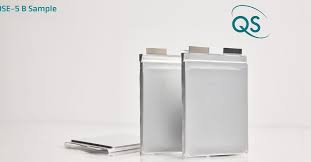During his presentation – entitled Killing Two Birds with One Stone: Saving Money, Attracting Talent by Wrapping Solar, Microgrids into the Hydro Portfolio – Johnson explained that Southern Company operates 30 hydroelectric plants, including one pumped-storage facility, with a total capacity of 2,452 MW.
And the company is in the midst of a $1.8 billion capex modernization plan for Southern Company’s hydro plants. This plan is targeting more efficient runners with turbine replacements. Johnson says this will help them “manage the water smarter,” with a goal of minimizing cavitation and required O&M for the long term. Other modernization work being performed includes generator rewinds, spillway gate replacements, governor replacements, control system replacements, and other work.
Alabama Power, a division of Southern Company, first saw first solar penetration in the market through partnerships with military bases to build, operate and maintain two 10-MW solar sites. This opportunity led Johnson to ask, “How do you manage an intermittent resource of a limited size efficiently, from head count to equipment and maintenance?”
His answer was hydro. The company’s hydro resources are the closest dispatchable resource in terms of proximity to the two solar sites. Hydro is a 24/7 resource with a large capacity, and Johnson felt it made sense to have a larger asset “take the hit” for staff time and only have the solar sites pay for dispatch time for maintenance. This approach would allow them to make these intermittent resources very cost-effective.
At the hydro plant level, the personnel are experienced with working with batteries and inverters and chargers. They even staff up in the summer with personnel to handle grass cutting at the dams and solar sites.
Johnson says with this approach, they can dispatch knowledgeable personnel to the solar sites to handle maintenance or other issues, then when the job is done they come back into the hydro plants. This gives personnel an opportunity to work on a “new, sexy technology” and has enabled the company to recruit a new field of employees that otherwise wouldn’t have been interested in coming into hydro. Southern Company has hired two new engineers using this approach.
His experience is that this young talent gets bored of solar really fast. “Once you do the startup and grass is growing, there are not a lot of moving parts and it’s kind of simple,” he said. They come back to the hydro plants and face the challenge: How are we going to keep this asset going for the next 100 years? “I see them fall in love with the history and the challenge facing this hydro,” Johnson said. In fact, the “challenge is to keep them as energized about the solar as they were when we first started up.”
Another example of integrating resources into the company’s hydro portfolio is the Reynolds Landing Micro Grid. This was the first microgrid for Southern Company and one of the first microgrids in the U.S. It powers a 62-home smart home subdivision and features a natural gas generator, load bank, battery, power equipment center and solar array.
Calling this microgrid and associated community “an extreme data gathering experiment for us,” Johnson said the hydro organization had to learn a little on the lithium-ion batteries. But the batteries have performed well and the microgrid keeps the community’s power on even during storms when other communities were offline.
In the end, this integrated approach has created an environment where Southern Company is “able to attract talent we couldn’t have attracted before, maintain some talent and grow folks,” he said.
Bringing it back to hydro, Johnson pointed out that 100 years ago, when Southern Company started with hydro, it was all a microgrid, with systems built to power rail stations and cities.
The Hydro Knowledge Hub will feature five learning opportunities on Wednesday, Nov. 20.

